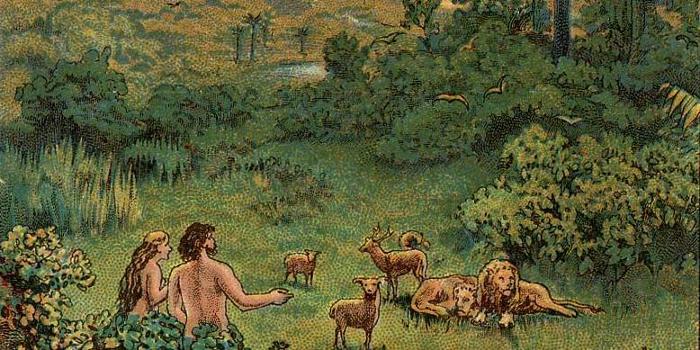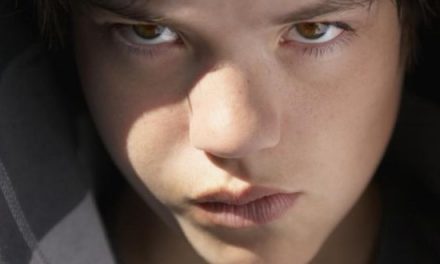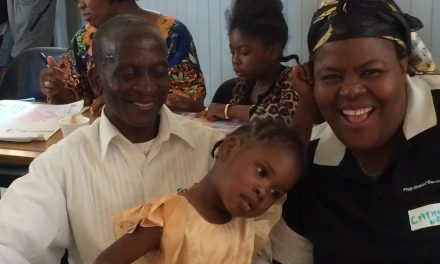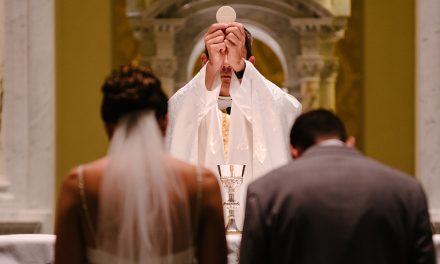December 7. Creation. Francis was not the first to focus on and praise creation as he did in his Canticle of the Creatures. The Old Testament especially, contains numerous creation accounts and references, from within particular contexts and different traditions, oral and written. Some details differ but the central message is the wisdom, power and goodness of God and dependence on him for sustaining and providing for all of creation. Over the many centuries of composition of the Old Testament there is a development of understanding. The Psalms are particularly rich in creation images and the book of Job contains beautiful descriptions from the mouth of God to Job.
The creation account in Genesis 1 contains the early acts of creation within the great abyss where a mighty wind blew – symbolic of the Spirit of God. Light and Darkness are separated from one another. On each of six days God added new elements, the sun, moon and stars, the creatures of the sea and air, creatures of the land and finally humankind. After each day of creation God “saw that it was good” and finally, having created humankind, ”God saw that it was very good.”
In the New Testament the Prologue to John’s Gospel refers to creation in a very different way. John refers to Jesus as the Word who was made Flesh, and through whom all things were made. Paul in Col 1:16 develops this further.
St Francis did not see all these elements of creation as separate or of different value. He saw every element as full of beauty, related and connected, as members of the family of creation. This is how it was in the Old Testament as can be deduced from references to “all of creation.” Pope Francis in Laudato Si’ brings this back more concretely, stressing the interconnectedness of all creatures. Many hymns too, that we sing regularly have done the same although we may not have been conscious of this.
What is finally being recognized and understood is that creation continues constantly in the collaboration with God by all creatures engaged in reproduction and so sustaining each species. God’s initial creation and the ongoing evolution of life-forms contains within it the power to reproduce. God gives life while creatures are co-creatorse with him in every life form, plant, animal and human. Today, in spite of the harm we humans have done to creation, the elements are still beautiful, radiant and precious. We need to go into the world of nature, to observe and reflect on this to appreciate their beauty and value fully. Science is studying creation in much more depth and we know much more about the universe of which our sun and moon are but small parts. As we reflect on these aspects of creation we become more conscious of the link with the Incarnation. Jesus, God’s Word of love, is present and as Crucified Lord bears the imprints of the wounds we have inflicted on the elements, our world.
Scripture: Behold, the Lord God comes with might and his arm rules for him, behold his reward is with him. He will feed his flock like a shepherd, he will gather the lambs in his arms, he will carry them in his bosom, and gently lead those that are with young. Is 40:1-11. Pope Francis: God has written a precious book whose letters are the multitude of created things present in the universe. We can say that alongside revelation contained in sacred Scripture, there is a manifestation in the blaze of the sun and the fall of night. LS85. For reflection and sharing: As family members research, read up and share on the Creation accounts in the Bible.







Recent Comments